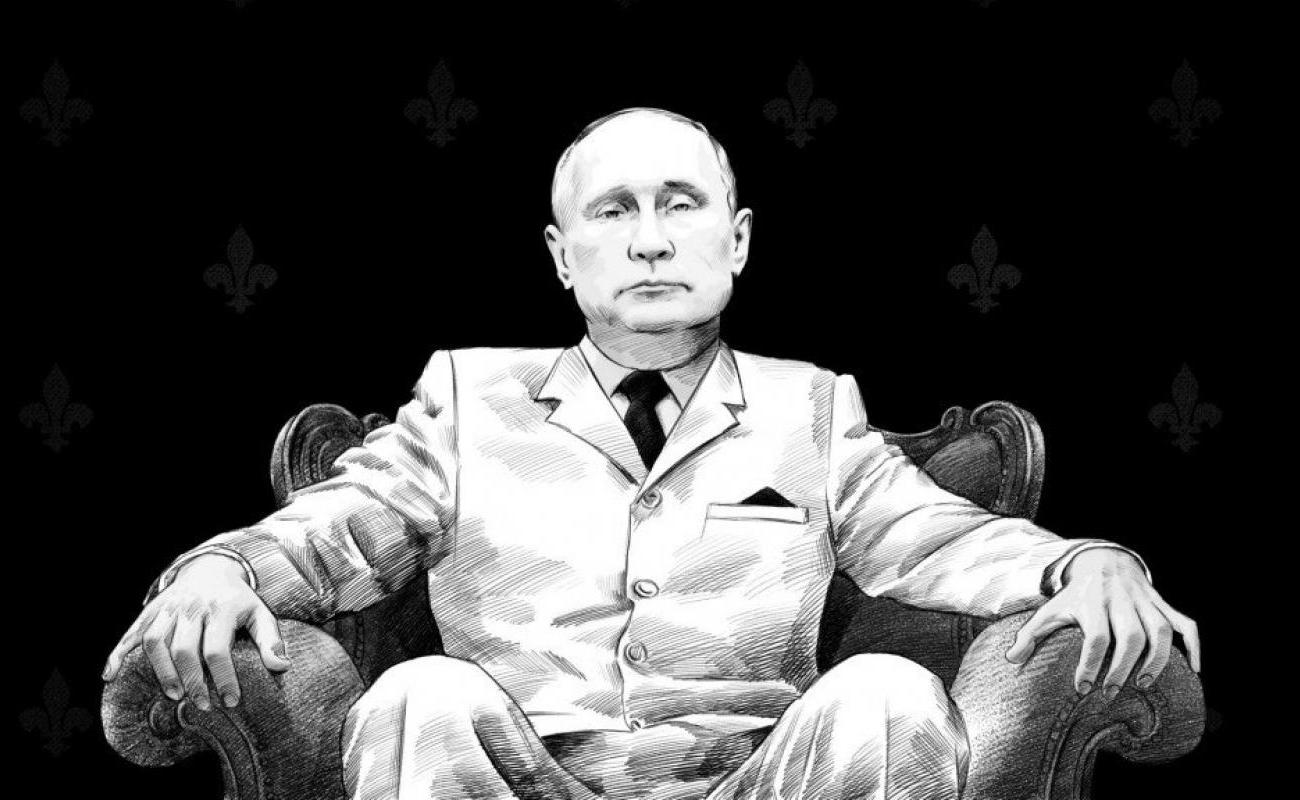The World Putin Wants
How Distortions About the Past Feed Delusions About the Future

Vladimir Putin is determined to shape the future to look like his version of the past. Russia’s president invaded Ukraine not because he felt threatened by NATO expansion or by Western “provocations.” He ordered his “special military operation” because he believes that it is Russia’s divine right to rule Ukraine, to wipe out the country’s national identity, and to integrate its people into a Greater Russia.
He laid out this mission in a 5,000-word treatise, published in July 2021, entitled, “On the Historical Unity of Russians and Ukrainians.” In it, Putin insisted that Belarusians, Russians, and Ukrainians are all descendants of the Rus, an ancient people who settled the lands between the Black and Baltic Seas. He asserted that they are bound together by a common territory and language and the Orthodox Christian faith. In his version of history, Ukraine has never been sovereign, except for a few historical interludes when it tried—and failed—to become an independent state. Putin wrote that “Russia was robbed” of core territory when the Bolsheviks created the Soviet Union in 1922 and established a Ukrainian Soviet Socialist Republic. In his telling, since the Soviet collapse, the West has used Ukraine as a platform to threaten Russia, and it has supported the rise of “neo-Nazis” there. Putin’s essay, which every soldier sent to Ukraine is supposed to carry, ends by asserting that Ukraine can only be sovereign in partnership with Russia. “We are one people,” Putin declares.
This treatise, and similar public statements, make clear that Putin wants a world where Russia presides over a new Slavic union composed of Belarus, Russia, Ukraine, and perhaps the northern part of Kazakhstan (which is heavily Slavic)—and where all the other post-Soviet states recognize Russia’s suzerainty. He also wants the West and the global South to accept Russia’s predominant regional role in Eurasia. This is more than a sphere of influence; it is a sphere of control, with a mixture of outright territorial reintegration of some places and dominance in the security, political, and economic spheres of others.
Putin is serious about achieving these goals by military and nonmilitary means. He has been at war in Ukraine since early 2014, when Russian forces, wearing green combat uniforms stripped of their insignia, took control of Crimea in a stealth operation. This attack was swiftly followed by covert operations to stir up civil disorder in Ukraine’s eastern and southern regions close to the Russian border. Russia succeeded in fomenting revolt in the Donbas region and sparking an armed conflict that resulted in 14,000 deaths over the next eight years. All these regions have been targeted for assault and conquest since February 2022. Similarly, in Belarus, Putin took advantage of internal crises and large-scale protests in 2020 and 2021 to constrain its leader’s room for maneuver. Belarus, which has a so-called union arrangement with Russia, was then used as the staging ground for the “special military operation” against Ukraine.
The Russian president has made it clear that his country is a revisionist power. In a March 2014 speech marking Crimea’s annexation, Putin put the West on notice that Russia was on the offensive in staking out its regional claims. To make this task easier, Putin later took steps that he believed would sanction-proof the Russian economy by reducing its exposure to the United States and Europe, including pushing for the domestic production of critical goods. He stepped up repression, conducting targeted assassinations and imprisoning opponents. He carried out disinformation operations and engaged in efforts to bribe and blackmail politicians abroad. Putin has constantly adapted his tactics to mitigate Western responses—to the point that on the eve of his invasion, as Russian troops massed on Ukraine’s borders, he bragged to some European interlocutors that he had “bought the West.” There was nothing, he thought, that the United States or Europe could do to constrain him.
